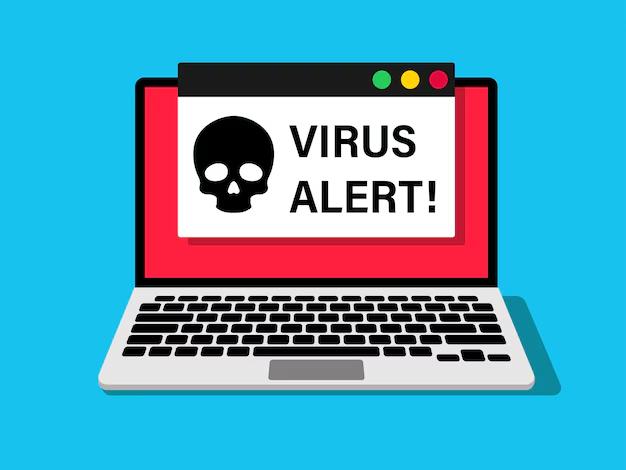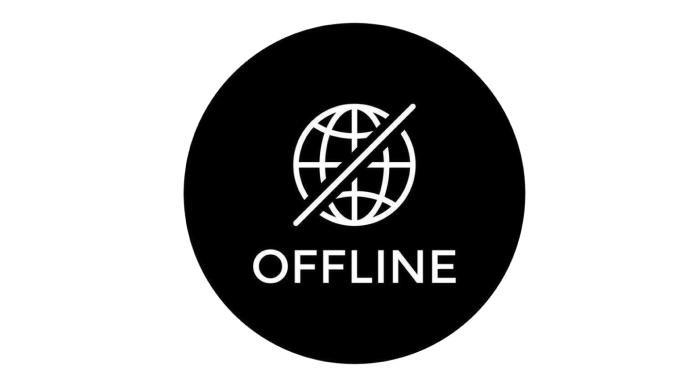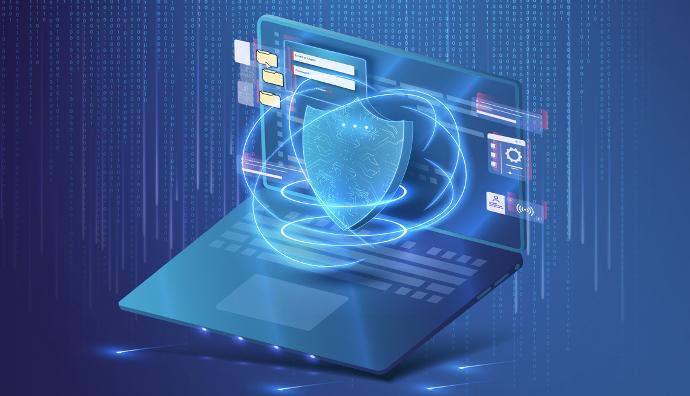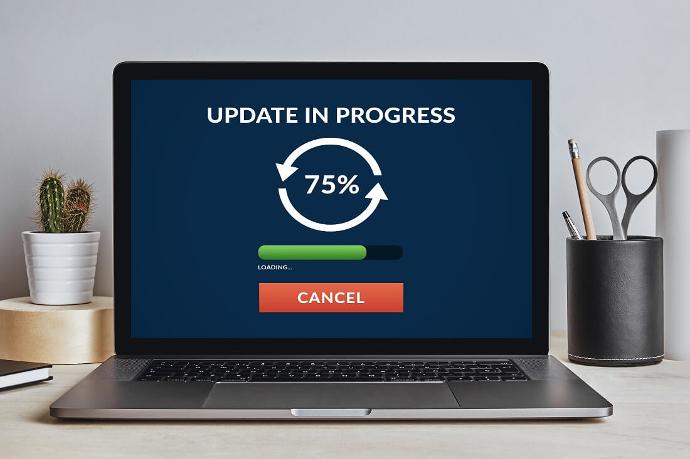How to Remove Virus from Your Laptop: A Step-by-Step Guide
Is your laptop acting strange, running slowly, or bombarding you with pop-ups? These could be signs of a virus. But don’t worry—it’s not the end of your device. Follow this simple, step-by-step guide to remove any malware and get your laptop back to normal.
Read More:
1. Best laptop for Students in Nepal.
2. Reasons why your laptop running slow & how to fix them.

Signs Your Laptop Might Have a Virus
Before we jump into the removal process, it’s essential to recognize the signs of a virus infection. Keep an eye out for:
- Slow Performance: Your laptop takes longer to boot up or run applications.
- Unexpected Pop-ups: Ads or notifications appear even when you’re not browsing.
- Unfamiliar Programs: New applications you didn’t install show up on your system.
- Frequent Crashes: Your laptop freezes or crashes unexpectedly.
If you notice any of these symptoms, it’s time to take action!
1. Disconnect from the Internet
Before doing anything else, disconnect your laptop from Wi-Fi or Ethernet. This helps prevent the virus from communicating with other systems or spreading further.

2. Boot into Safe Mode
Safe Mode ensures that only essential programs run, which makes it easier to remove the virus.
- Windows: Restart your laptop and press F8 (or Shift + F8) before Windows boots. Select Safe Mode.
- Mac: Restart and hold down the Shift key until you see the Apple logo.
3. Run Antivirus Software
If you already have antivirus software, run a full system scan. If not, download a reputable one like Malwarebytes, Avast, or Bitdefender. These programs will search for and remove any malware hiding on your system.

4. Delete Suspicious Programs
Check your installed programs for anything suspicious you don’t recognize.
- Windows: Go to Control Panel > Programs > Uninstall a Program.
- Mac: Open Finder > Applications and drag any suspicious apps to the Trash.
5. Clear Temporary Files
Malware often hides in temporary files. Clearing these helps ensure you get rid of all traces of the virus.
- Windows: Open Disk Cleanup and delete temporary files.
- Mac: Use Finder > Go > Go to Folder and type ~/Library/Caches to clear the cache.
6. Update Your Operating System
Make sure your system and all software are up to date. This helps patch any vulnerabilities that malware could exploit.
- Windows: Go to Settings > Update & Security > Windows Update.
- Mac: Go to System Preferences > Software Update.

7. Run a Final Scan
After deleting suspicious files and updating your system, run another full antivirus scan to ensure all threats have been removed.
8. Reboot and Reconnect
Once you’ve removed the virus, reboot your laptop and reconnect to the internet. Keep your antivirus software active and updated to prevent future infections.
Conclusion
Removing a virus doesn’t have to be scary. By following these easy steps, you can clean your laptop and protect it from future threats. Always keep your antivirus software updated and be cautious when downloading files or clicking on suspicious links.
